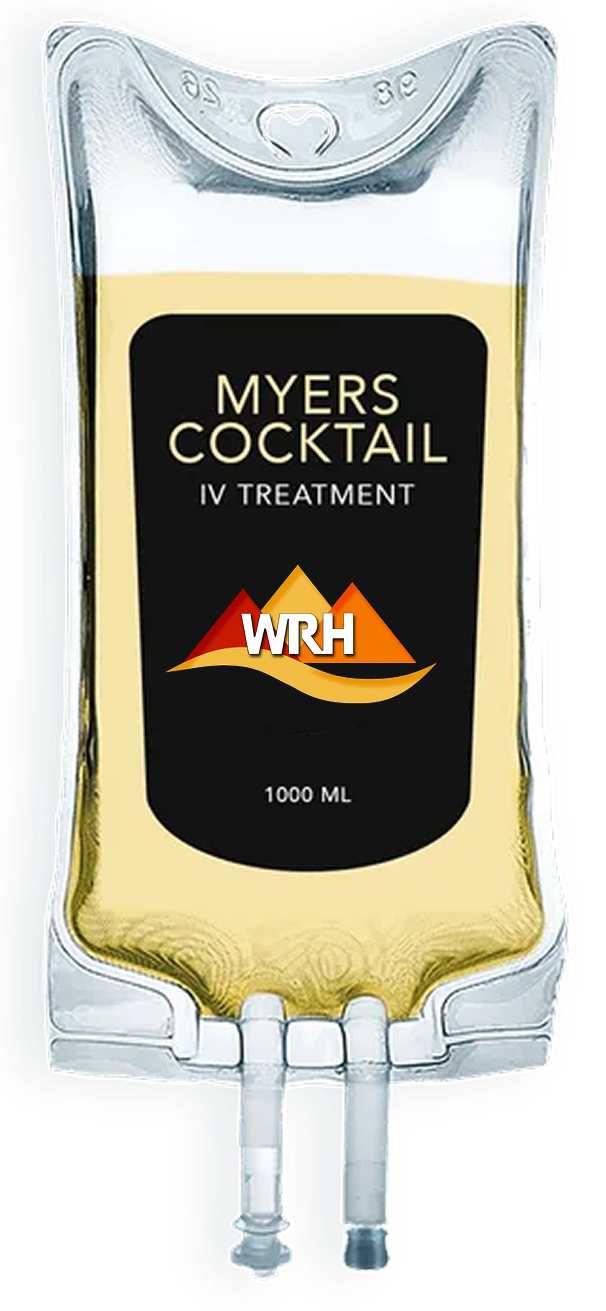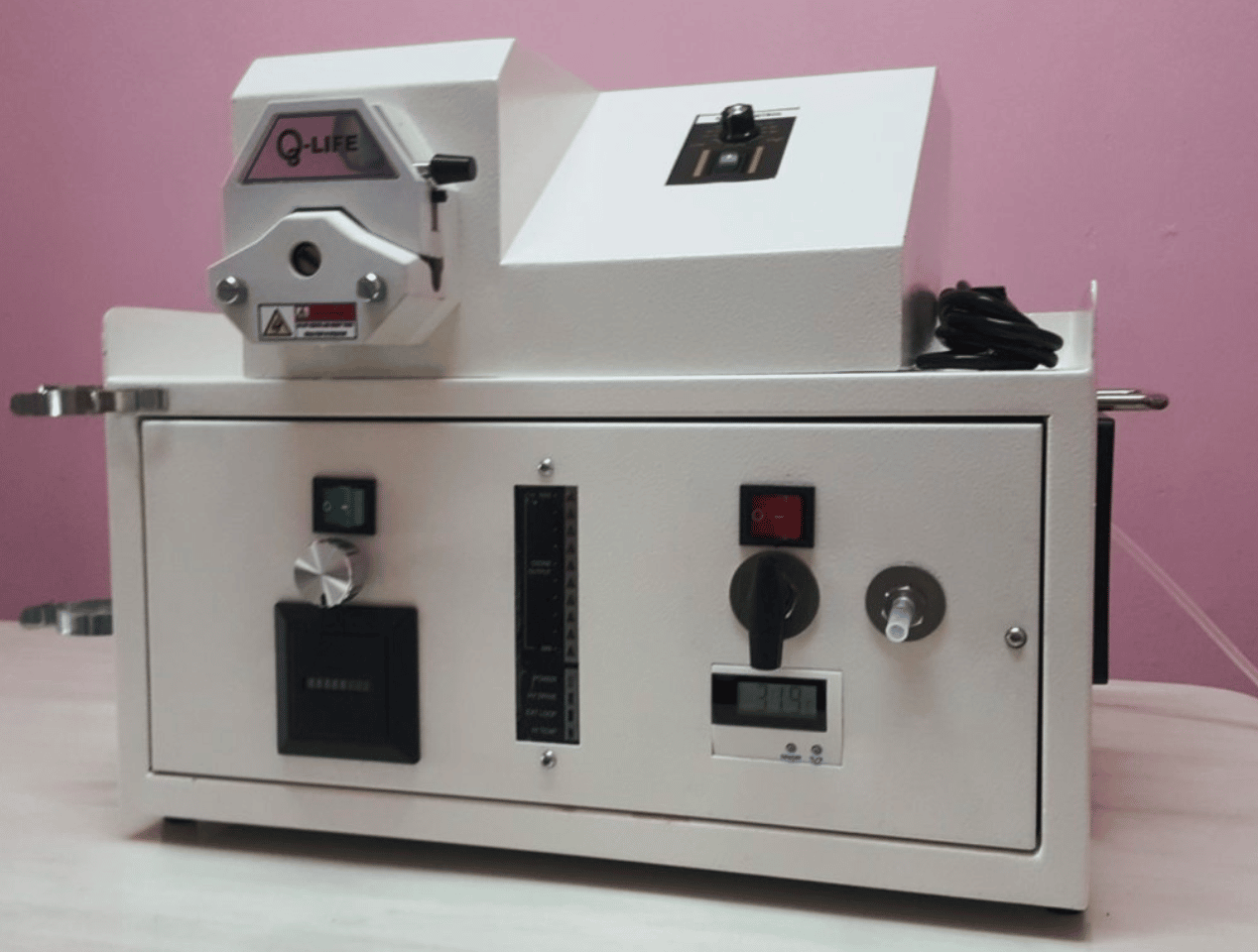IV Fluids for Diarrhea and Vomiting: Types, Benefits, and Safety Tips
When acute diarrhea or frequent vomiting strikes, your body loses more than just water—it also loses vital electrolytes that keep your muscles, nerves, and organs functioning properly. Mild dehydration is often corrected with oral rehydration therapy; however, in more severe cases, drinking fluids alone is insufficient for correction. The solution? Rapid rehydration therapy using IV fluids for dehydration.
Intravenous fluid therapy delivers fluids and electrolytes directly into your bloodstream, bypassing the digestive system and restoring balance fast. This method is crucial for people showing signs of dehydration or severe dehydration who can’t keep fluids down.
Why IV Fluids Are Needed for Diarrhea and Vomiting
During prolonged vomiting or acute diarrhea, the body rapidly loses sodium chloride, plasma potassium, and other electrolytes that sustain normal cellular function. Loss of these minerals causes metabolic acidosis, muscle cramps, dizziness, and fatigue.
As dehydration worsens, your blood volume drops, circulation slows, and your organs, especially the kidneys and heart, struggle to function properly. You might experience dizziness, fatigue, dry mouth, muscle cramps, or even confusion.
Intravenous rehydration helps to:
- Restore electrolytes that regulate muscle and nerve function.
- Deliver fluids for dehydration quickly and effectively.
- Maintain blood pressure and support heart health.
- Prevent complications like kidney injury or shock.
By replenishing fluids directly into the bloodstream through an IV tube, rapid rehydration therapy helps stabilize the body and reverse the effects of severe dehydration.
Types of IV Fluids Used
Different IV fluids are chosen based on the cause and severity of dehydration. Each one restores hydration and electrolytes in slightly different ways.
Normal Saline (0.9% Sodium Chloride)
Normal saline/0.9% sodium chloride is the most commonly used intravenous fluid for treating severe dehydration. It replenishes sodium and chloride, restoring plasma sodium concentration and circulation. It’s especially effective when dehydration results from food poisoning or persistent vomiting.
Because it closely matches the body's natural plasma, it’s gentle and effective for most patients. Normal saline is very effective for mild and moderate dehydration and serves as a foundation before switching to more specialized fluids if needed.
Ringer's Lactate Solution
Lactated Ringer's solution offers a more comprehensive electrolyte profile. It includes sodium, potassium, calcium, and lactate. It is very useful when fluid loss is accompanied by an acid-base imbalance, a common issue after severe diarrhea or prolonged vomiting.
The lactate component acts as a natural buffer (converted to bicarbonate by the liver to neutralize excess acid), helping to correct metabolic acidosis. Ringer’s Lactate also supports tissue oxygenation and energy metabolism, making it ideal for patients with significant fluid and electrolyte depletion.
Dextrose Solutions (5% Dextrose or D5NS)
Dextrose-containing intravenous fluids, such as 5% Dextrose (D5W) or Dextrose with Normal saline (D5NS), provide both hydration and an energy boost. The dextrose delivers glucose, which is vital for maintaining brain and muscle function—especially when the patient hasn’t been able to eat due to nausea or vomiting.
These solutions are beneficial for fatigued or hypoglycemic patients, as they help stabilize blood sugar while rehydrating the body.
Dextrose also supports cellular recovery by aiding electrolyte absorption and preventing further fluid loss. In moderate cases of dehydration, these fluids help patients regain strength and energy faster while promoting overall recovery.
Benefits of Intravenous Fluid Therapy for Diarrhea and Vomiting
The benefits of intravenous rehydration go beyond replacing lost water. During severe vomiting or diarrhea, your body loses a mix of fluids, electrolytes, and nutrients that are important for every organ system to function properly. Below are the key benefits of intravenous fluid therapy for patients recovering from fluid loss:
Rapid Rehydration
Rapid rehydration therapy through intravenous fluids restores hydration faster than oral rehydration therapy. It’s ideal for cases of severe dehydration when the digestive tract cannot absorb fluids effectively. Intravenous fluids enter circulation within minutes.
This rapid correction helps normalize blood pressure, improve oxygen delivery to organs, and relieve symptoms and signs of dehydration like dizziness, headache, and dry mouth almost immediately.
Electrolyte Balance
Vomiting and diarrhea flush out key minerals such as plasma potassium, sodium, and chloride. These minerals control muscle contractions, nerve signals, and heart rhythm. An imbalance in these electrolytes causes weakness, confusion, muscle cramps, irregular heartbeat, or seizures if left unchecked.
Intravenous fluids restore these minerals precisely and efficiently, helping your body regain normal function. Balanced electrolyte solutions like normal saline, Myer's cocktail, and Ringer's Lactate ensure that both hydration and mineral replacement occur simultaneously, preventing further complications.
Improved Circulation and Organ Support
When the body loses fluid, blood volume drops, forcing the heart to work harder to circulate oxygen. This strains the cardiovascular system and reduces blood flow to the kidneys and brain. By replenishing lost volume, intravenous fluid therapy improves circulatory stability, allowing the heart to pump more efficiently and the kidneys to filter waste properly.
Better circulation also means tissues receive the oxygen and nutrients they need to repair themselves after dehydration stress, speeding overall recovery.
Faster Recovery and Energy Replenishment
Intravenous fluid therapy doesn’t just replace water—it also restores nutrients like vitamins, glucose, and electrolytes that fuel energy production. Dextrose-containing fluids, for instance, provide immediate energy to cells, helping patients overcome fatigue and weakness faster than with oral rehydration alone.
As your hydration levels stabilize, symptoms such as headache, nausea, and low energy typically improve within hours, enabling you to return to eating and normal activity sooner.
Reduced Risk of Complications
Without prompt rehydration, dehydration can lead to serious complications such as:
- Kidney injury from reduced blood flow
- Low blood pressure and fainting
- Electrolyte imbalances that affect the heart and brain
- Shock in extreme cases
Intravenous rehydration helps prevent these outcomes by maintaining stable hydration and electrolyte levels. They also support the immune system and the body’s natural healing processes, making recovery smoother and safer.
Safety Tips and Considerations
IV therapy is generally safe when administered by trained professionals, but it’s still a medical procedure that requires careful monitoring. Here are a few key safety tips:
- Receive IV therapy from licensed providers–Only trained medical professionals should administer IV fluids to ensure sterile technique and proper dosage.
- Avoid overhydration–Excessive fluids can cause fluid overload, particularly in those with pre-existing medical conditions.
- Monitor for mild side effects–Temporary vein irritation, mild swelling, or a feeling of warmth during infusion are normal and typically short-lived.
- Inform your provider of medical history–Patients with heart disease, kidney issues, or certain electrolyte disorders need tailored treatment plans.
- Stay hydrated after treatment–Continue drinking fluids and following your provider’s aftercare advice to maintain balance.
Properly administered IV therapy restores hydration safely and effectively. For professional care and customized hydration solutions, Wellspring-RH offers licensed IV therapy designed to help you recover quickly and safely. Our mobile IV services make it easy to receive fast, sterile, and personalized rehydration treatment — whether you’re recovering from illness, travel, or gastrointestinal distress. With medical-grade solutions and expert care, they help you feel balanced, energized, and back to normal quickly.




